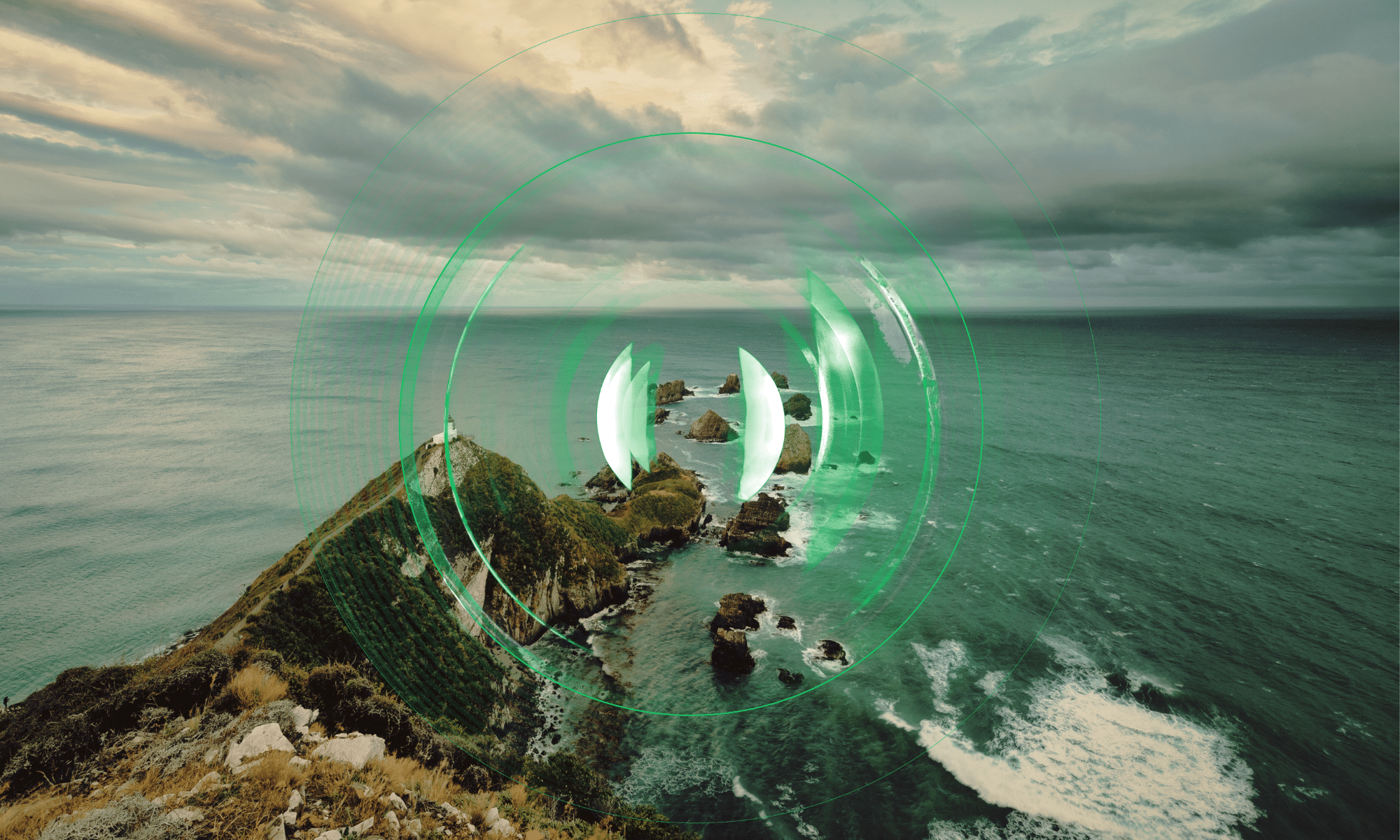Coastline borders pose significant security challenges for border communities around the world. The vast and diverse terrain, spanning from mountains and cliffs to beaches and marshes along tens of thousands of kilometres of coastlines, presents numerous opportunities for criminal activities such as terrorism, illegal immigration, drug and arms smuggling, human trafficking, and organized crime. Protecting these maritime borders is essential for countries worldwide, especially given the rapid development of accessible and relatively inexpensive technological means that make them more porous.
The complexity of maritime borders
Since the world includes 195 countries, and only 44 are landlocked, most countries are directly concerned with maintaining the security of their coastlines, shipping activities, and territorial waters. These extensive maritime borders, with their numerous inlets, bays and channels, create hiding places for traffickers, smugglers and terrorists. Drug smugglers often choose to offload their illegal cargo on remote beaches or waterways to avoid any initial face-to-face contact with authorities.
Securing national maritime borders
Securing maritime borders involves handling various security concerns, from tracking small boats to large ships and swimmers. Identifying and assessing potential threats and vulnerabilities is essential, and this requires integrating data from multiple sources. Rapidly evolving technology plays a central role in providing continuous security, with devices such as cameras, thermal imaging, sonars, surface search radars and sensors equipped with machine learning capabilities alerting security personnel of potential dangers.
A changing threat environment
Drug smugglers’ use of improvised manned and unmanned surface vessels has become a global border threat. These tools, often built at primitive workshops, proved to be highly effective. In addition, drug smugglers often store their illicit cargo underwater at known GPS coordinates for later retrieval, necessitating the deployment of permanent scanning and tracking systems to effectively monitor the waterway.
The rise of naval drones
Drones have emerged as another tool used by criminals to exploit coastal borders. Drug smugglers, specifically, deploy drones to transport goods from moored vessels to partners on remote shores while avoiding radar detection and visual surveillance. Identifying these small, fast aircraft remains challenging, especially in dynamic, dense environments with changing weather conditions and varied marine traffic.
Beesense’s multi-layered approach to security
Given the complexity of coastal border security, a multi-layered approach is necessary. Integrating and coordinating various technologies such as radar, sonar, electro-optics, submarine detection systems, and counter-aircraft systems (C-UAS) can improve situational awareness. Implementation of risk-based models and effective scheduling further strengthen authorities to deal with maritime threats effectively.
With years of experience in electro-optic wide area protection, Beesense Systems provides customized multi-mission surveillance, observation & identification systems for maritime applications. The systems enable full maritime and coastal situational awareness, detection & tracking of multiple simultaneous targets, on the surface, in the sky and until the horizon.
Beesense designs and implements multi-layer maritime border surveillance with integration and data-fusion of multiple sensors and radar systems:
- Short to Long-range identification capabilities using cooled and uncooled HD PTZ cameras.
- High-performance Radar support – Ability to have multiple radars and cameras cooperate in tracking numerous targets
- Securing coastlines and ports with Smart Virtual Fence solution.
- Detection & tracking of small boats, drones and swimmers.
- Automatic classification of maritime and air targets with Artificial Intelligence and machine learning applications.
- Cost-effective systems with low integration and maintenance costs.
- Easy integration to existing third-party security systems – ONVIF Profile S compliant.
Enhancing Maritime Border Security
Securing maritime borders remains a multifaceted challenge for countries around the world. The vast and diverse areas, coupled with the resourcefulness of criminals, require the adoption of advanced technologies and a comprehensive strategy. Countries can strengthen their maritime border security by integrating a variety of sensors, improving intelligence capabilities and targeting emerging technologies such as drones and USVs. It is only through a collective effort and continued technological advancement can we protect our coastlines and communities from threats that emerge from the water.
